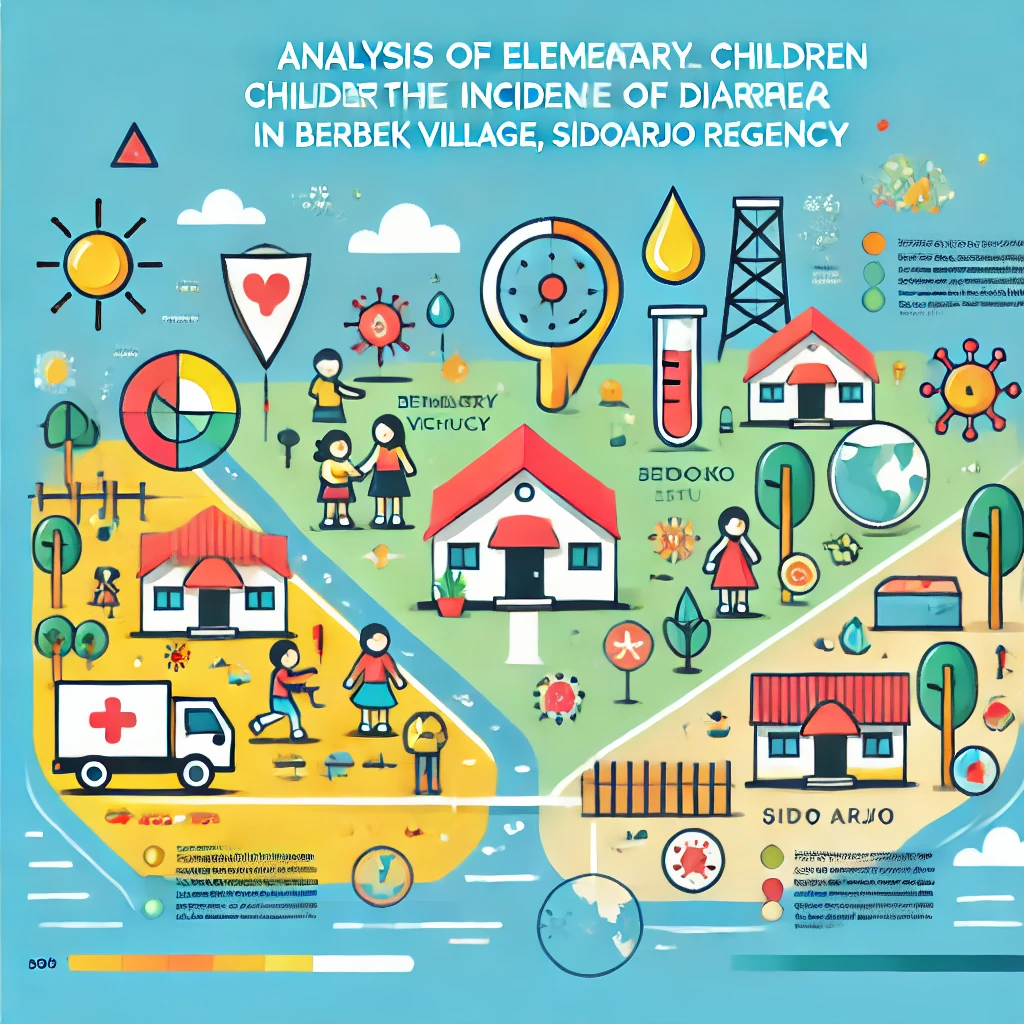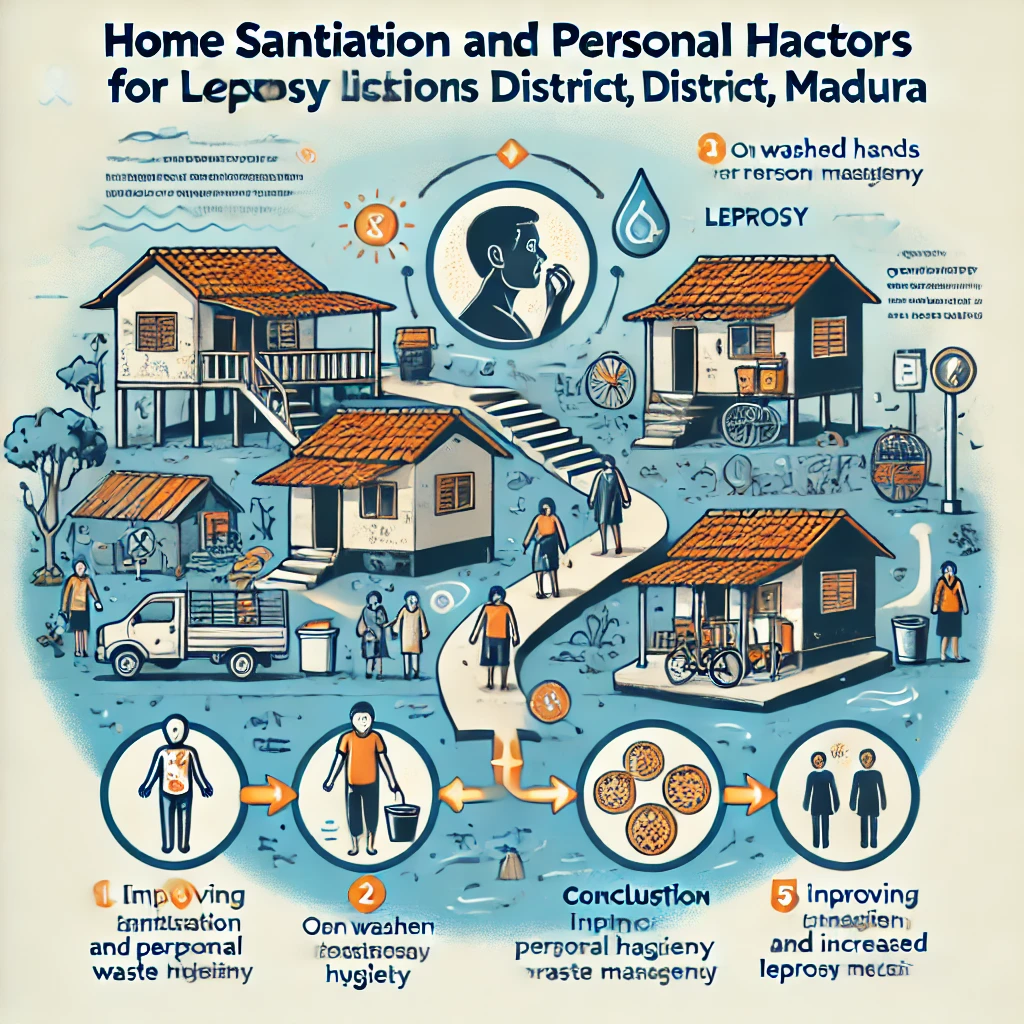Analysis of the Relationship between Residential Environmental Sanitation and the Risk of Dengue Fever (DHF) Incidence in the Moropelang Health Centre Working Area, Lamonga, East Java

Downloads
Dengue fever (DHF) is a significant health problem in tropical regions, including the working area of Puskesmas Moropelang, Lamongan. Data shows that DHF cases continue to be found in the period 2020-2023. This study aims to analyse the relationship between residential environmental sanitation and the incidence of DHF in the region in 2024. This study used a quantitative approach with an analytical observational design based on the case-control method. The study population was 148, with a total sample size of 74 cases and 74 controls. Independent variables included environmental conditions, water reservoirs, and larval density, while the dependent variable was dengue incidence. Data were analysed using the Chi-Square test. The results showed a significant association between environmental conditions (p=0.013), water storage conditions (p=0.003), and the number of free larvae (p=0.004) with the incidence of DHF. Respondents with poor home environmental conditions had a 2.3 times higher risk of DHF, while the risk increased to 2.7 times in poor water reservoirs, and 2.6 times in environments with high larval density. This study concluded that residential environmental sanitation plays an important role in the prevention of DHF. Weekly mosquito nest eradication efforts, community education, and regular monitoring of larvae are recommended to reduce the incidence of DHF and improve environmental health.
Copyright (c) 2024 Lailatur Rahmah Maulidah, Imam Thohari, Fitri Rokhmalia, Hadi Suryono, Narwati, Ahmad Daudsyah Imami

This work is licensed under a Creative Commons Attribution 4.0 International License.




















